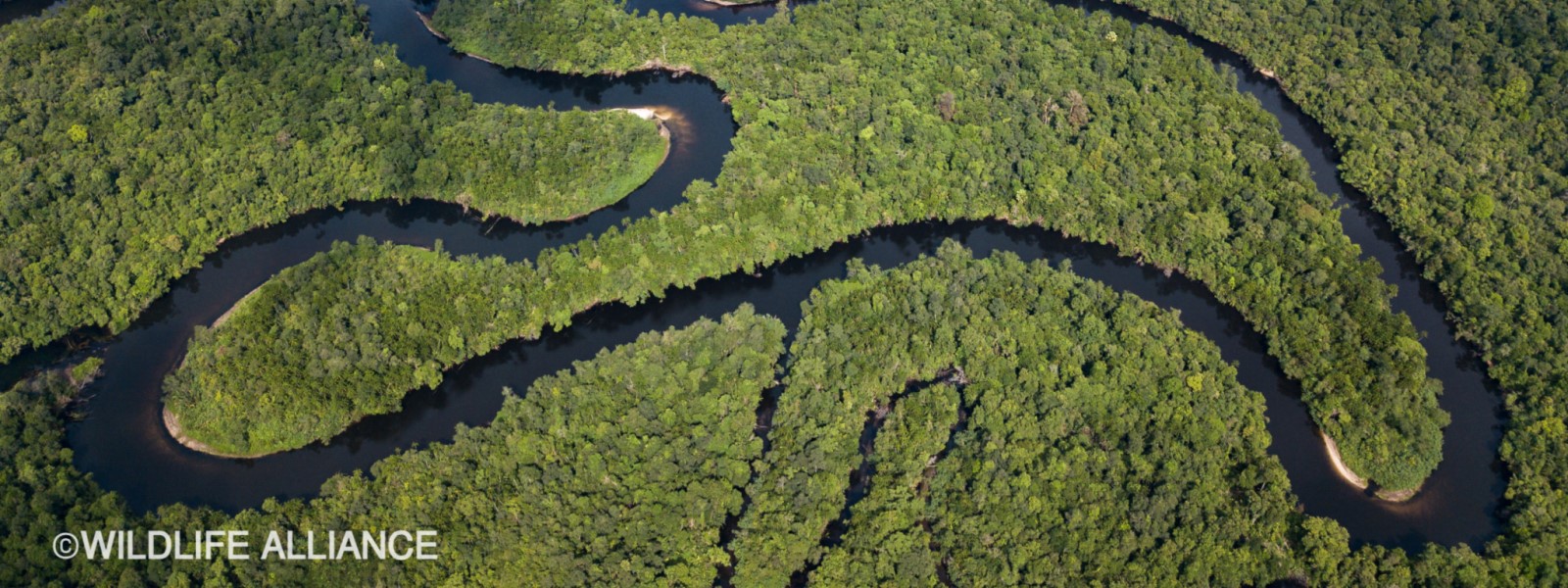Urgent action needed as 16 freshwater fish in Southeast Asia declared Extinct in latest Red List update
The latest update to the IUCN Red List of Threatened Species™, published last week, saw 31 species moved into the globally Extinct category. Among these were 16 freshwater fish from Southeast Asia, a substantial portion of which were endemic to Lake Lanao and its outflow stream in the Philippines. The update also saw 24 species in Southeast Asia newly listed as Critically Endangered, some of which are already flagged ‘Potentially Extinct’. In total, 245 species now meet the criteria to be classed as ASAP species. The increase comes from 24 newly categorised freshwater fish, a group which is threatened across Southeast Asia from overfishing (both for consumption and the global aquarium trade), invasive species, pollution, dam construction and habitat loss – scores of peatland species are threatened from conversion to oil palm plantations.

Many of the newly added species are found in Papua, the easternmost province of Indonesia, located on the island of New Guinea. New Guinea is the most mountainous and largest tropical island in the world, home to rich and diverse flora and fauna, much of which is yet to be discovered. The rich variety of habitats, that includes mangroves, swamps, tropical lowland and montane forests, has high levels of endemism.
For many of the fish species this marks the first time that they have been assessed for the IUCN Red List. The Lake Tondano Halfbeak Tondanichthys kottelati is a startling-looking small fish, with no close relatives anywhere in the world. It was only discovered to science in 1995, and is endemic to Lake Tondano, the largest lake in North Sulawesi, Indonesia. Unfortunately, the lake has high levels of sedimentation and pollution from nearby agricultural land, sewage disposal and fish farms. An estimated 42,000 Manila ducks are also being farmed along the shore, adding to the pollution.
Elsewhere in Indonesia, Chitala lopis, last seen in 1851, has been listed as Extinct at is first assessment. This freshwater fish, endemic to inland waters of Java, suffered under extensive logging, deforestation, urban development, and unsustainable fishing. Industrial, domestic, and agricultural pollution added to the mix.

The bad news is not limited to Indonesia. Sadly, all the 17 freshwater fish species endemic to Lake Lanao and its outlet in the Philippines are now categorised as either Extinct or Critically Endangered (Possibly Extinct). This is a significant piece of news that should be taken as a warning sign for freshwater fish of the region. Predatory introduced species are cited as the main cause, compounded by overharvesting and destructive fishing methods. The freshwater fish of the Philippines have not yet all been assessed.
Will Duckworth, ASAP’s Species Advisor said:
“So far, freshwater fishes have received a raw deal in conservation terms because – as a group, and even more so as individual species – they simply do not resonate as much with most people as the big furry and feathery species. It’s a tragic oversight, leading to the loss of many species without any serious effort having been made to avert their extinction, or even to think critically through what this would involve and the likelihood of success.
Every year’s delay in turning this situation around results in further irreversible losses that could have been avoided.”
Freshwater fishes are the largest group of ASAP species, with 86 species now listed as Critically Endangered. They are often the most neglected group of ASAP species, and in general receive very little targeted conservation action. As this update shows us, populations are reducing rapidly, and if conservationists and wider society do not act now, they will be gone forever. ASAP is working together with Shoal and Wildlife Reserves Singapore to identify and catalyse key conservation actions for ASAP freshwater fish species.

